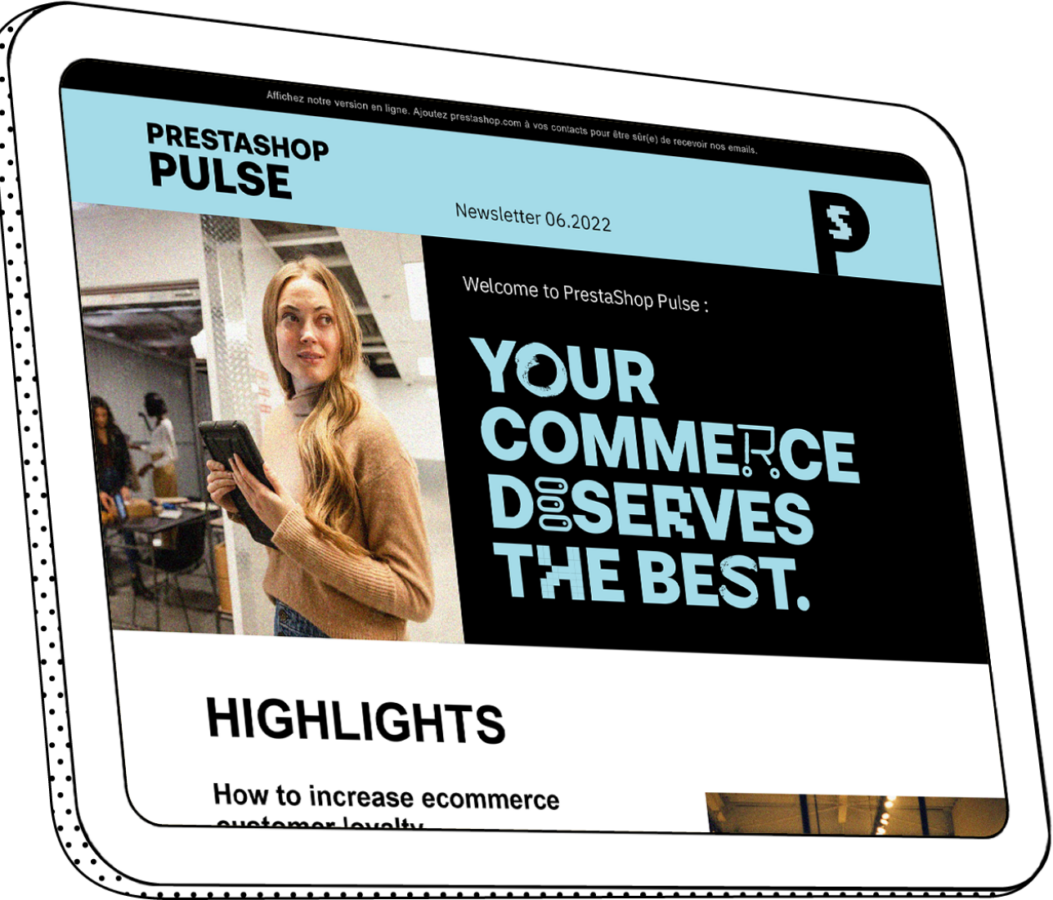Ecommerce & accessibility: Making online shopping more inclusive
In today's digital age, ecommerce has become an essential part of our daily lives. It's convenient and accessible and has made shopping a lot easier for consumers. However, not everyone can benefit from ecommerce, especially individuals with disabilities.
Accessibility is an essential aspect of ecommerce, and it's crucial for businesses to make their websites accessible to everyone. In this article, we will explore the importance of web accessibility for ecommerce businesses, common mistakes to avoid, and best practices to follow.
Why accessibility matters
Web accessibility refers to designing websites and digital content that can be easily accessed and used by all individuals, including those with disabilities. In the context of ecommerce, accessibility means creating an online shopping experience that is inclusive of individuals with visual, auditory, physical, or cognitive disabilities.
By making ecommerce websites accessible, businesses can reach a broader customer base and provide equal opportunities for individuals with disabilities to shop online. Moreover, providing accessible digital experiences can help businesses comply with laws and regulations, such as the Americans with Disabilities Act (ADA) and the Web Content Accessibility Guidelines (WCAG), which require organizations to ensure digital accessibility.
Mistakes to avoid
One of the most common mistakes ecommerce businesses make is overlooking accessibility during the website design and development process. Often, businesses focus on aesthetics, functionality, and marketing, neglecting the needs of individuals with disabilities.
As a result, retrofitting a website for accessibility can be costly, time-consuming, and challenging. This is above and beyond other costs and complexities that go into an ecommerce site, like payment processing, web hosting, ecommerce software, etc. For example, credit card companies charge an average of 3.5% in fees for online transactions, which, along with other recurring costs, can significantly impact your budget.
Another mistake is assuming that accessibility only concerns individuals with visual impairments. Although individuals with visual impairments represent a significant segment of the population, other disabilities, such as hearing impairments, motor impairments, and cognitive impairments, also affect how individuals interact with digital content.
Lastly, not testing for accessibility can lead to the assumption that a website is accessible when, in fact, it contains barriers that prevent individuals with disabilities from accessing and using it.
Best practices for accessibility in ecommerce
To create an accessible ecommerce website, businesses should follow these best practices:
-
Use descriptive link text. Avoid using generic text such as "click here" or "read more" when creating links. Instead, use descriptive link text that provides context about the link's destination.
-
Add alternative text (alt text) to images. Alt text is a description of an image that can be read by assistive technology, such as screen readers. Adding alt text ensures that individuals with visual impairments can understand the image's context.
-
Provide captions and transcripts for video content. Videos should include captions or transcripts to ensure individuals with hearing impairments can understand the content.
-
Use high-contrast colors. Higher contrast colors ensures it is easier for individuals with visual difficulties to read your content. Additionally, using distinct color palettes for call-to-action buttons can help users with color blindness identify them more easily.
-
Ensure keyboard accessibility. Individuals with motor impairments may rely on keyboard navigation instead of a mouse. Ensuring keyboard accessibility allows users to navigate the website without a mouse.
-
Use heading tags to structure content. Heading tags provide structure to the content, allowing users to understand the information hierarchy on a page.
By following these best practices, businesses can improve the accessibility of their ecommerce websites and provide a better shopping experience for all individuals. If you’re looking for a simple way to implement some of these changes, we highly recommend using PrestaShop’s plugins and modules.
The impact of inaccessible websites
The impact of inaccessible websites goes beyond access to goods and services. It can also affect an individual's ability to find employment. According to a report by the United Nations, individuals with disabilities are more likely to be unemployed or underemployed than individuals without disabilities. Inaccessible websites can make it difficult for individuals with disabilities to search for and apply for jobs, further limiting their employment opportunities. WebAim.org has created a very useful checklist for ensuring your website meets the needs of your customers.
Moreover, inaccessible websites can result in negative publicity, loss of customers, and legal action. In recent years, several high-profile lawsuits have been filed against businesses for failing to ensure website accessibility. For example, in 2019, Domino's Pizza was sued by a blind individual who claimed that the company's website and mobile app were inaccessible to individuals with visual impairments. The lawsuit alleged that the website and app did not work with screen-reading software, preventing blind individuals from ordering pizza online.
It's crucial for businesses to ensure website accessibility, not only to comply with laws and regulations but also to provide equal opportunities for all individuals to access and use digital content. If you’re an online merchant who needs help adapting and improving your website’s accessibility features, get in touch with us.






